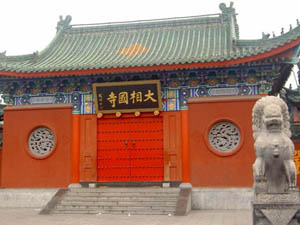Kaifeng Tourism
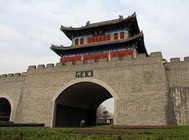
-
Province:Henan (Chinese:河南, Pinyin: Hénán)
-
Population :98,690,000
-
Area :167,000 square km (64,000 sq mile)
-
Overview:Henan is traditionally regarded as an important cradle of Chinese civilization. The name Henan means "south of the (Yellow) River"
Overview
Kaifeng, formerly known as Bianliang, Bianjing, Daliang, or simply Liang, is a prefecture-level city in eastern Henan province, People's Republic of China. Located along the southern bank of the Yellow River, it borders the provincial capital of Zhengzhou to the west, Xinxiang to the northwest, Shangqiu to the east, Zhoukou to the southeast, Xuchang to the southwest, and the province of Shandong to the northeast.
Know More
With lots of well-protected ancient relics and abundant water resources, Kaifeng, is a good combination of the time-honored history, culture and tradition. Kaifeng was culturally established quite early. Historically, it was one of the first developed regions due to the abundant water resources, advanced irrigation systems, mild climate and convenient transportation. During the Northern Song Dynasty, its magnificence, magnitude and splendor made the Capital Dongjing (the ancient name of Kaifeng) not only the political, economical, scientific and cultural center of China, but also one of the most prosperous metropolises in the world. The city was uniquely designed to include three parts(the inner city, the outer city and the imperial palace), three city walls and moats. Inside it, both the roads and channels were well-built, thus forming a convenient mode of transportation. With the increase of non-agricultural citizens, the handcraft and business industries blossomed, thus establishing it as the most attractive metropolis both at home and abroad.
The famous royal garden, Genyue Garden, embodies the features of all the famous Chinese mountains, with various rare plants, flowers and animals. Thus the historians call it the transitional masterpiece in Chinese Gardening History. Kaifeng has abundant relics, including 23 cultural relics which are listed as state or provincial level protection, and 162 relics listed at municipal or county level. Many ancient tourist sites, like the Iron Pagoda, Xiangguo Temple, the Qingming Festival Market Garden, Dragon Pavilion Scenic Spot, the Memorial Temple of Lord Bao, Kaifeng Fu (the official institution in charge of judicature during the Northern Song Dynasty) and the Stele Forest of the Imperial Academy in Feudal China, are endowed with high historical and cultural value. As one of the three bases for stone steles and inscriptions, Kaifeng has various kinds of stone inscriptions; more than 1,000 are on display at the Kaifeng Museum and various other tourist spots. Those valuable inscriptions, which date from the Han Dynasty to the Minguo period (1911—1949, the period of the Republic of China), are treasures for history research as well as for calligraphy.
Kaifeng is of the temperate monsoon climate, with four seasons, medium rainfall, and adequate sunshine. The annual average temperature is 14.5℃, with an annual average rainfall of 670mm. Its forest coverage rate is higher than the average level of China. And the best time to visit Kaifeng is September and October, when both the climate and the rainfall are moderate. Moreover, it is just the right time for you to enjoy the wonderful scenery of the chrysanthemum exhibition.
Must see
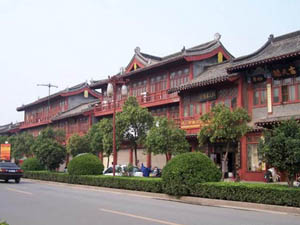
During the heady days of the Song Dynasty (960-1279 AD), when the city flourished as both the capital and a major trading post on the famous silk road, Kaifeng was famed for its illustrious architecture and opulent citizens.. ....more
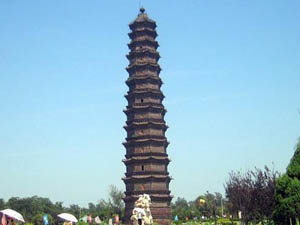
The Iron Pagoda Park (Tieta gongyuan) is situated within the northeastern corner of the old city walls, beside the Henan University. The park is dominated by the pagoda that sits in its center, overlooking the Iron Pagoda Lake and the city walls.. ....more
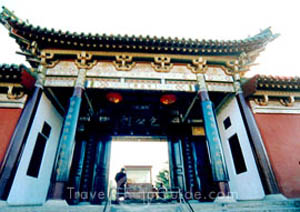
Located on the west bank of a beautiful lake named Lord Bao Lake, Memorial Temple of Lord Bao is rebuilt in the memory of Lord Bao Zheng, a famous incorruptible official and reformer of the Northern Song Dynasty. ....more

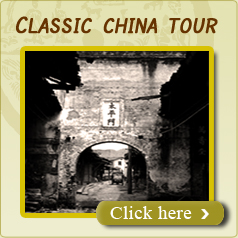
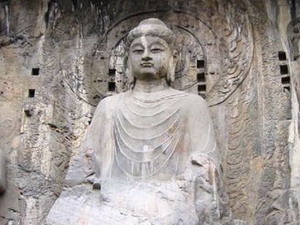
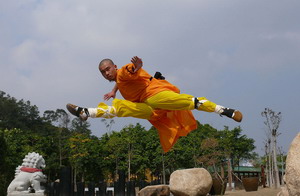
300-225.jpg)
